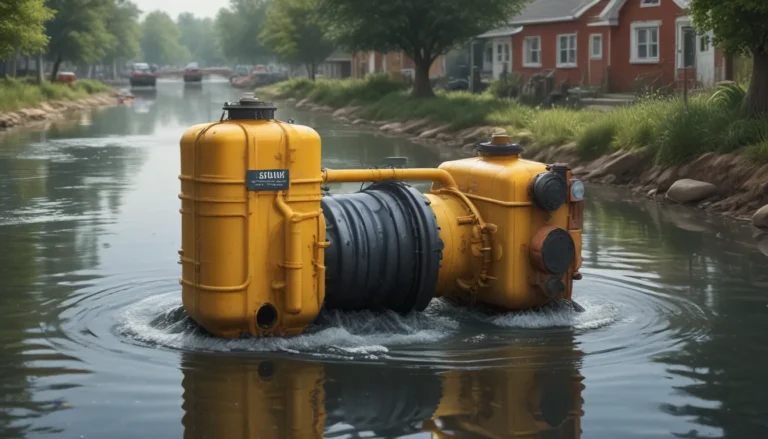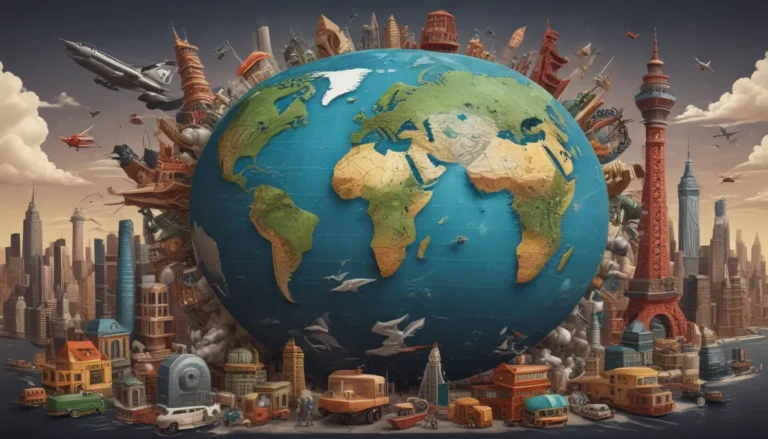A Note About Images: The images used in our articles are for illustration purposes only and may not exactly match the content. They are meant to engage readers, but the text should be relied upon for accurate information.
Water scarcity is a critical global issue affecting over 2 billion people worldwide. With only a small percentage of the Earth’s surface covered by freshwater, the need for sustainable water management practices is more pressing than ever. In this article, we will delve into 13 extraordinary facts about water scarcity, highlighting the severity of the problem and the implications it has on various aspects of life. From the disproportionate burden on marginalized populations to the risks it poses to ecosystems and biodiversity, it’s essential to understand the challenges we face in combating water scarcity.
Understanding Water Scarcity
Water scarcity affects more than 2 billion people globally, creating a situation where there is not enough freshwater available to meet the demands of the population. By 2025, projections suggest that two-thirds of the world’s population could be living in water-stressed areas, emphasizing the need for urgent action. Agriculture, the largest consumer of freshwater, contributes to significant water wastage through inefficient practices, exacerbating the problem.
Impact on Communities and Ecosystems
Over 1.9 billion individuals rely on contaminated water sources for their daily needs, exposing them to waterborne diseases and health risks. Climate change further worsens water scarcity by altering rainfall patterns and increasing the intensity of extreme weather events. Women and children, particularly in developing countries, bear the brunt of water scarcity, limiting access to education and economic opportunities.
Water scarcity not only poses risks to ecosystems and biodiversity but also leads to conflicts and unrest in regions where competition over limited water resources escalates tensions. Inadequate access to sanitation facilities, affecting over one-third of the global population, is closely related to water scarcity, compromising hygiene and contributing to the spread of diseases.
Addressing Water Scarcity: Solutions and Actions
Adopting sustainable water management practices is crucial in combating water scarcity and ensuring a secure water future for generations to come. Efforts should focus on implementing efficient water use, conservation measures, and investment in water infrastructure. The United Nations recognizes access to clean water and sanitation as a fundamental human right, highlighting the importance of promoting equitable distribution and sustainability.
Individuals can contribute to addressing water scarcity by conserving water in their daily lives, supporting organizations working towards water sustainability, advocating for better water policies, and spreading awareness about responsible water usage. By working together, we can prioritize water conservation, invest in water infrastructure, and raise awareness about the importance of responsible water usage to mitigate the far-reaching consequences of water scarcity.
Conclusion
Water scarcity is a pressing issue that affects millions of people globally, impacting various aspects of life. It is crucial to prioritize sustainable water management practices to address this challenge effectively. By collaborating at all levels – governments, organizations, and individuals – we can ensure universal access to safe and clean water, promoting a secure water future for all. Let’s take action today to safeguard this vital resource for future generations.
FAQs
-
What is water scarcity?
Water scarcity occurs when the demand for water exceeds its availability, leading to inadequate access to clean, safe water for drinking, cooking, sanitation, and hygiene. -
What causes water scarcity?
Factors such as population growth, pollution, climate change, and inadequate water management contribute to water scarcity by depleting freshwater sources and contaminating existing water supplies. -
How does water scarcity affect communities?
Water scarcity impacts food production, increases waterborne diseases, hampers economic development, and exacerbates social inequalities. Women and children often bear the burden of collecting water, hindering their education and future opportunities. -
What are the solutions to water scarcity?
Addressing water scarcity requires implementing water conservation measures, investing in water infrastructure, promoting sustainable agricultural practices, and enhancing water governance. Raising awareness and advocating for better water policies are also vital. -
How can I contribute to addressing water scarcity?
Individuals can contribute by conserving water, supporting water sustainability organizations, advocating for better water policies, and spreading awareness about responsible water usage. Together, we can make a difference in combating water scarcity and ensuring a sustainable water future for all.






